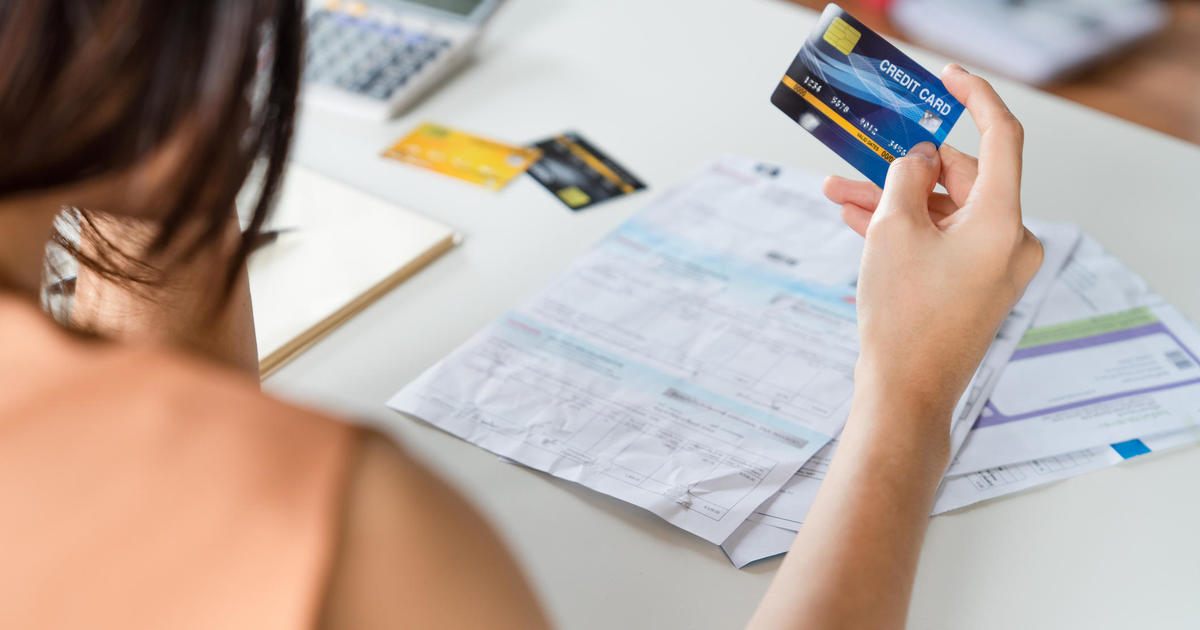Olympic skating dreams? Better have a bank account
Countless little girls will undoubtedly plead for figure skating lessons after watching young women in extravagant costumes elegantly twirl, leap and glide on the ice this week in search of Olympic gold.
Parents should consider the trajectory of 11-year-old Elise Freezer before acquiescing. Her parents spent about $100 for skating lessons when she was 4 years old. She got hooked, and last year her skating expenses, including dresses, coaches and travel, totaled more than $100,000. The Freezer family has spent an average of $80,000 a year for the past few years on Elise's Olympic dream.
"The cost of figure skating is ridiculous," said Elise's mom, Jennifer Freezer. A few months ago, Elise began training with a club in Canada, allowing the family to slice the skating budget by more than half, even with the travel and lodging expenses.
"Winning a medal requires your stars aligning perfectly on the right day," said Freezer, adding they'll be no regrets about the money if that doesn't happen.
"We would spend this money on anything that would grow her character," she said. "Figure skating teaches life lessons. You learn failure. You learn to persevere through agony."
It's a good attitude, especially considering the razor-thin odds of making it to the Olympics, never mind winning. A 2016 TD Ameritrade survey said only 2 percent of athletic youngsters go to the Olympics or turn pro.
And Olympic glory -- unless accompanied by numerous lucrative endorsements -- doesn't translate into a gilded payoff. This year, the U.S. Olympic Committee will award its athletes $37,500 for each gold medal they win. Silver medalists will receive $22,500, while third-place finishers get $15,000.
That's a lousy rate of return -- and a risk many families can't afford. Tales of parents mortgaging their homes or taking out other loans to bankroll their children's medal quest are common on the sidelines of ice rinks, ski slopes and athletic fields.
A recent survey by SunTrust Banks, found that 21 percent of parents sacrifice their retirement savings to fund their children's extracurricular activities, 27 percent aren't paying off debt and 25 percent are neglecting other kinds of savings.
"It's not for me to ever say how people should be balancing their financing against their children's dreams," said Ellen Koebler, head of Consumer Solutions at SunTrust Bank. "But you have to ensure you're taking care of yourself with respect to retirement. Don't stop saving for other objectives."
Freezer said her family can afford to fund Elise's Olympic aspirations, and the undisclosed "small" fee her daughter received from appearing in a SunTrust commercial airing during the games went into her college fund. Coaching, at about $8,000 a month, claimed the biggest part Elise's skating budget. Elite coaches can demand between $120 and $150 an hour.
About $1,200 a month was devoted to renting rink space. A trip to Detroit for a competition last year ran up $4,000 in expenses, including bringing a coach. Boots and blades can cost $1,200 a pair, and skaters typically goes through at least two sets a season. A sponsor pays for Elise's footwear.
Costumes are custom-made to blend with the performance's music and choreography. Two such creations are required a season, costing between $2,000 and $5,000. That jumps to between $10,000 and $15,000 when girls reach more senior levels. "If you consider the amount of material on these dresses, these dress makers are really ripping us off," said Freezer. "It's a niche market."
Freezer tried buying cheaper dresses, but the seams ripped. "When you're spending $70,000 for lessons, you don't quibble over the cost of the dress," she explained.
At least, Elise has benefited from the expense. Last year, she came in fourth in the juvenile female division of the U.S. Figure Skating Championships.
Puberty looms, and Elise's body may change in ways that lessen her odds of becoming a world-class skater. "We'll make our decision [about future funding] based on her results," said Fisher. "She'll know if it's time to quit."
Kim Snedaker and her husband spend between $25,000 and $35,000 annually to fuel the skating career of their 16-year old son, Jordan Evans. Snedaker said that will continue even while conceding that his performance has been lackluster in the last two years.
"You have to keep your eye on the prize," said Snedaker. "I believe he'll make it on to the Olympic team."
It's a strain, however. The family has no short-term savings, and Snedaker said she should be setting more aside for retirement. "It is a daily, weekly, monthly and annual sacrifice," she said.
Evans hopes to make the 2020 team, but he plans to keep trying if that doesn't happen. Noting that one of the men on this year's team -- Adam Rippon -- is 28 years old, Evan's mom said: "We're encouraged by that."



